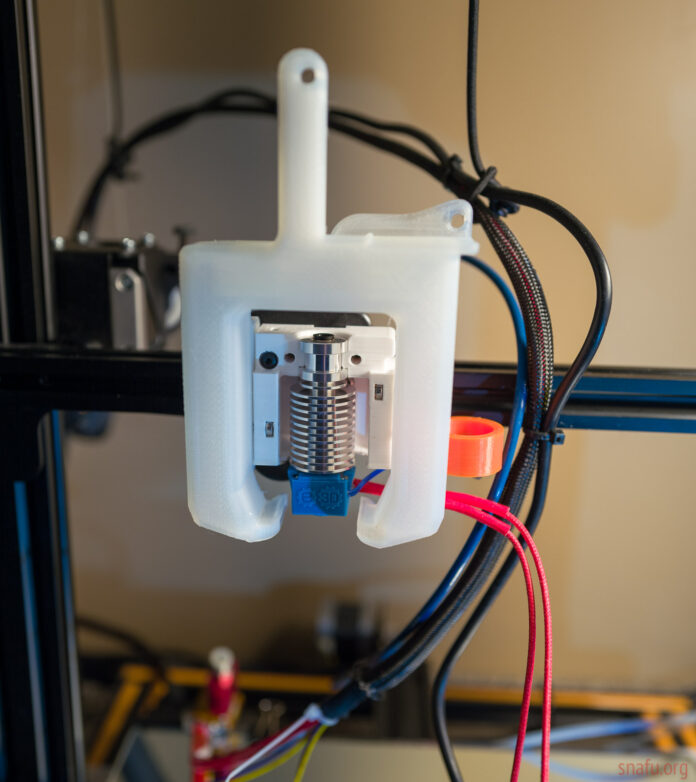Introduction
In electronics technology photocell switch or the photovoltaic cell is LDR. LDR is the abbreviation of the light-dependent resistor. This resistor’s primary function is to change its terminal resistance according to light intensity. This unique quality of the photocell switch made the use of this cell essential in multiple applications. For example, the most common LDR or photocell switch application automatically controls the streetlights. A simple circuit of photocell switch process the light intensity and switch on the lights at nighttime and switch off the lights in the daytime. When heavy clouds block the sunlight, darkening occurs during the daytime; as a result of these heavy clouds, the street lights are automatically turned on due to a photocell switch.
So, with the invention of the photocell switch, many new automated processes could be possible. In this article, you will learn about these photocell switches in more detail. So, read the complete article to understand the photocell switch.
The construction of the photocell switch
After the brief introduction to the photocell switch, let’s dive a bit deep to know about the construction of the photocell switch. The main parts of a photocell switch are:
Evacuated glass tube
This glass tube is made for directing light into the collector and emitter. The collector and emitter are situated inside this glass tube. The connection terminals on the base of this glass tube are present to connect the anode and cathode to the external supply.
Emitter or cathode
The emitter or cathode of the photocell switch is made with photosensitive materials, and the emitter’s shape is semi-cylindrical. Which directly accepts the light from the light source.
Collector or anode
The photocell switch’s anode or collector is made with platinum or nickel. The collector’s purpose is to absorb the light emitted by the emitter and change resistance accordingly. The shape of the collector is usually a single rod.
Working on the Photocell switch
When the emitter receives light from the sun or any other light source, the resistance between the two terminals increases, creating a photocell switch. So, the current stop flowing from anode to cathode. And the bulb attached with this LDR turns off. With the decrease of light, the resistance of LDR starts decreasing. At a certain point, when the light intensity is too weak, the photocell switch’s resistance is minimal. With this minimum resistance, the current starts flowing, and the light bulb turns on at nighttime.
Wiring of photocell switch
The physical photocell switch is contained three terminals. The photocell switch attaches to the circuit with these terminals.
The first terminal of the photocell switch is called the Load line and is denoted as (Lo). The color of the load line in most photocell switches is RED. The second terminal of the photocell switch is called the Neutral Line and is denoted as (N). The color of the Neutral wire is white. The photocell switch’s last and third terminal is called the Supply line or live line and is denoted as (Ll). In most switches, the color of the supply line is black.
The main supply has two terminals, line and neutral. The line wire from the main power supply is directly connected with the photocell switch’s supply line (Black). At the same time, the neutral line (white) is directly connected with the streetlights. However, the photocell switch’s load line (Red) is connected with the streetlights’ second terminal.
In this way, the wiring of the photocell switch has been done. When the light is available in the daytime, the photocell switch has high resistance and acts as an open switch (Off State). At nighttime, the photocell switch acts as a close switch (On State) to switch on the streetlights.
What are the different types of photocell switches?
There are five different types of photocell switches available in the market. Each type is used for a different kind of application. The name and descriptions of different types of photocell switches are below:
Charge couple of devices photocell switch
The researchers can use charge-coupled devices because they are consistent and exact photosensors. Photosensitive sensors utilize the charges generated by light to examine a wide range of objects, from galaxies to molecules.
Golay photocell switch
The Golay cell is used for sensing IR radiation. It is a cylinder of blackened metal plates inside which a small amount of xenon is injected on one end. Irradiation energy from the blackened plate over the front of the cylinder will heat the gas within and twist the elastic diaphragm over to the other side. An energy source’s output is determined by using the device’s motion.
The photomultiplier photocell
The photomultiplier is a very sensitive type of photocell. In this photocell switch, the faint or dim light enhances one hundred times. So that high sensitivity can be achieved.
Photovoltaic Cell
Solar energy is transformed into electricity by photovoltaic cells. Photons can produce a usable current if they beat electrons into a state of high energy over the cell.
Photo Resistor photocell switch
An LDR is a type of sensor device which can reduce its resistivity in proportion to the amount of illuminated area. In the applications of camera light meters and several alarm systems, inexpensive photoresistors are used to measure light spectrums.
Final thoughts
After reading this article, you learn informative knowledge about photocell switch, its wiring, and different type. Photocell switch is vital in saving electricity due to its automated functions.
FAQs (Frequently asked questions)
- Is it possible to check if a photocell is functioning?
You can determine how your photocell functions by connecting a multimeter in “resistance-measurement mode” to the two leads and observing how the resistance changes when you shade the sensor with your hand, turn off the lights, etc. As the resistance changes so much, an auto-ranging meter would be appropriate.
- Can a photocell be adjusted?
Adjustment of photocells:
Adjustment of the photocell sensor is possible based on the light level at which the switch is actuated. This can be accomplished by turning the “LUX” screw. You can adjust the timing of the switch by rotating the “LUX” screw between the sun and moon symbols.












